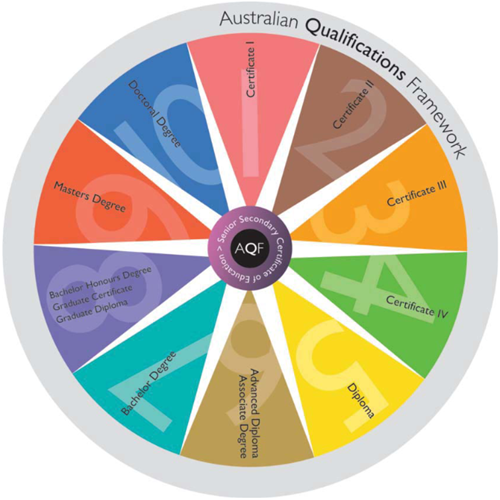This is a statement of why a unit is necessary to the achievement of course learning outcomes, and a brief description of how this will be achieved. The final sentence should sum up the unit stating its one, over-arching aim. This statement will be published in the University Handbook.
The unit rationale needs to justify the need for the unit with reference to the course rationales and relationships with other units as part of effective curriculum design (Angelo, 2012). The basis of a unit rationale draws on Knowles’ (1970; 1984) concept of “andragogy”. Primary among the principles of andragogy is that adults are purposeful learners (Knowles, 1970; 1984). Thus, if students can see the link to a real-world purpose and the associated learning implications from the start, they will be more intrinsically motivated to engage in appropriate study.
The unit rationale should state the real-world need for the unit, how the need will be met and the aim of the unit. The description should allude to a constructive developmental sequence linking learning to real-world need. The UO description should comprise (in this order): the content knowledge, conceptual knowledge (understanding), and skills needed to meet the real-world need. The language of Catholic Social Thought should be integrated where possible along with objectives related to ACU’s Education Strategy and key priorities (for example, Indigenous perspectives).
Typically, the final statement of the rationale should be the aim statement. The key to this is that it should provide the overall big picture of the unit (Knowles et al., 2014) before the unit outline goes through the discrete components.


